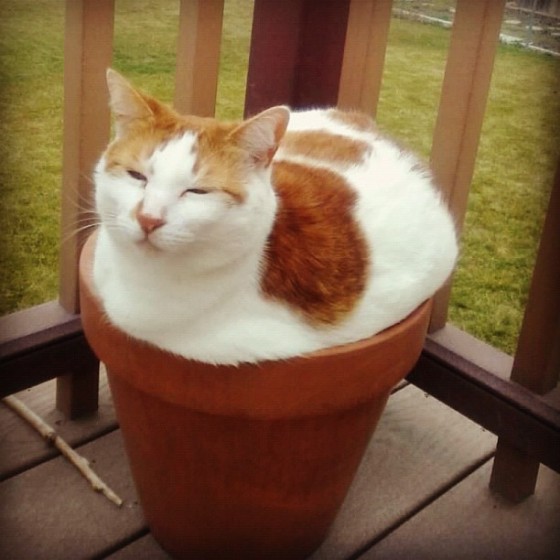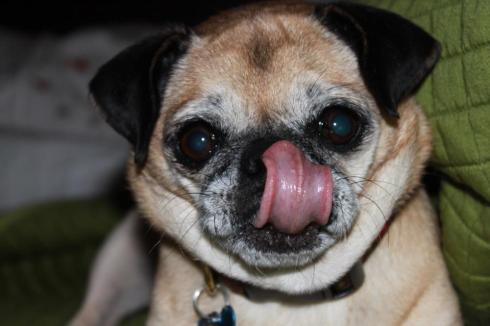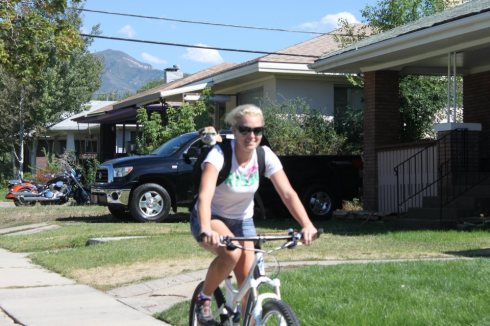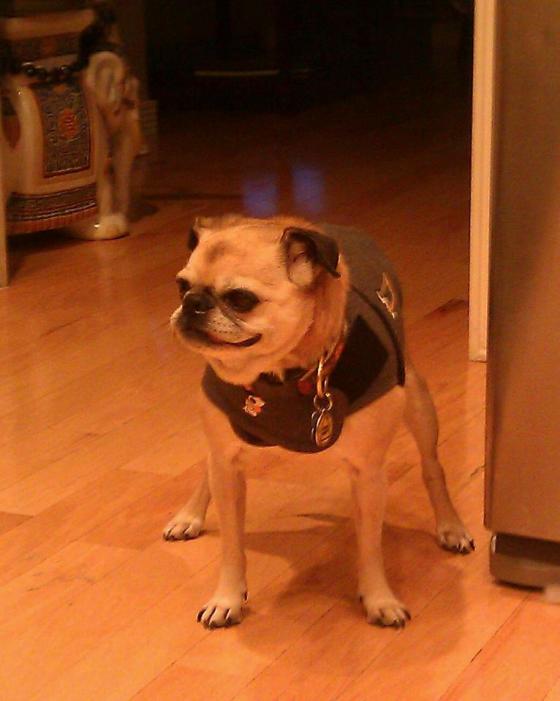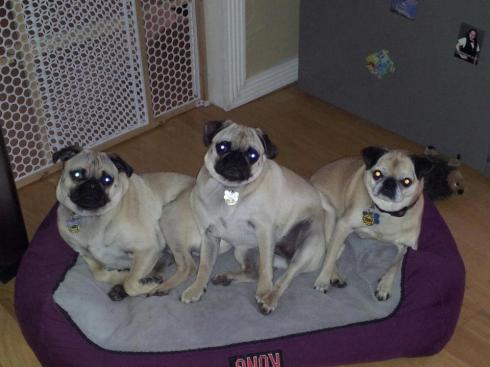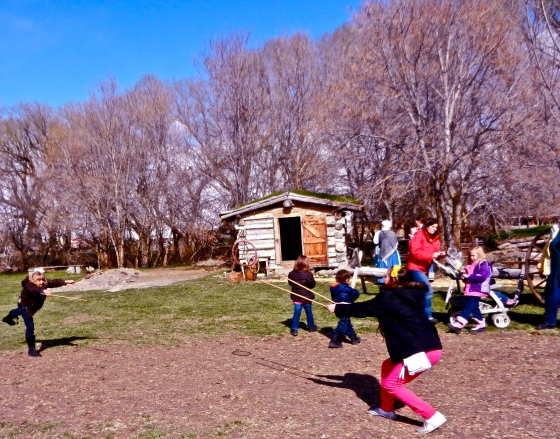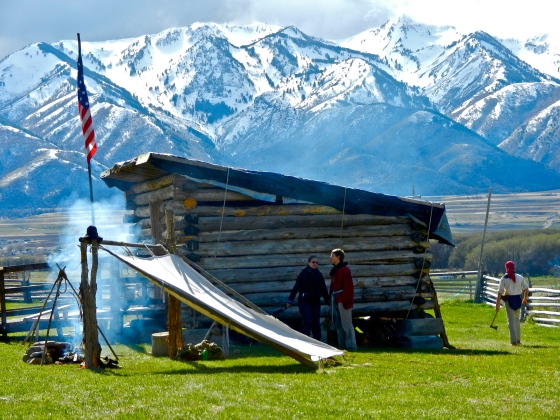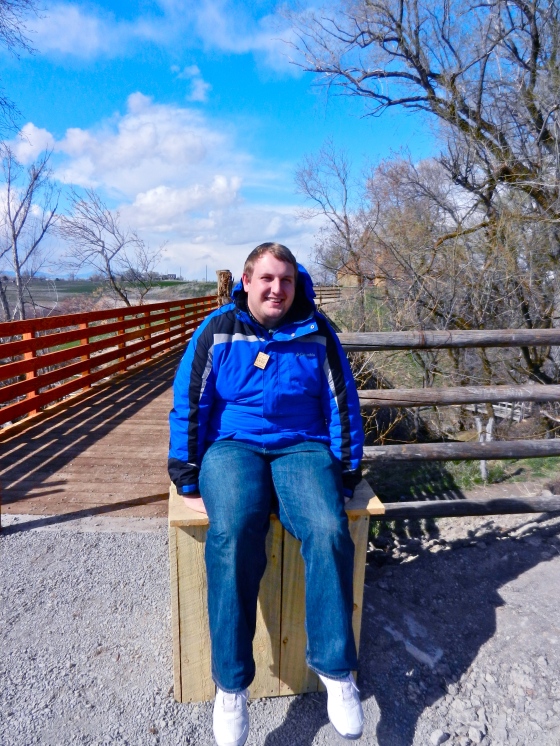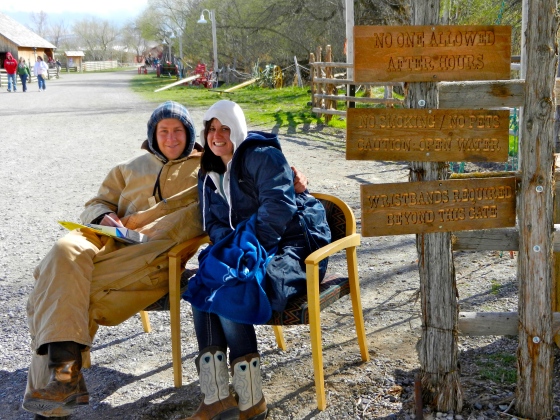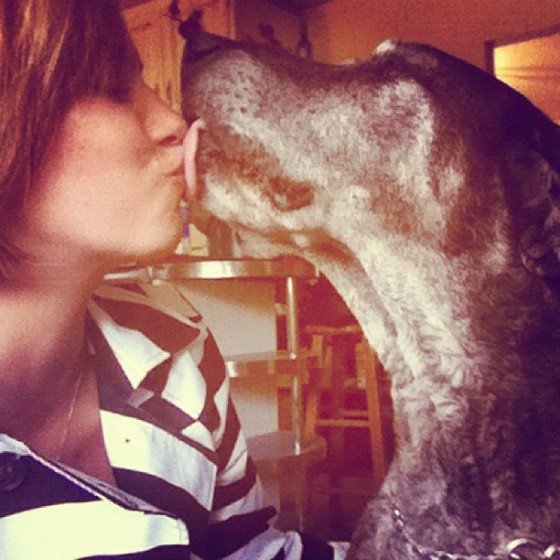Dyan Wilson’s family of three was not expecting visitors in the middle of Winter, so when a big white cat lingered at her open kitchen window and stayed, they adjusted their plans.
“He would get up and sit on the wedge and look in through my open window, just being a gentlemen,” Wilson said.
But Wilson did not let him in because she wasn’t sure if the cat belonged to anybody. She said he looked fairly healthy and did not resemble a feral or stray cat. She also already had two cats of her own that she had rescued and adopted.
“It was so cold, so I made a comfortable place for him to sleep in a cardboard box with blankets,” Wilson said. “I fed him yummy soft food. This went on for a couple of weeks. Every time I’d come home and try to go into the back door he’d run onto the step and try to come in.”
There was one night in particular that Wilson says changed everything.
“I came home late one evening and it was so cold outside. I walked to my backdoor and went inside,” Wilson said. “But when I got in the house and went to shut the door his little face was squeezed in between the door and window.”
Wilson said a good visual of what the cat looked like that evening is best compared to Jack Nicholson in the movie “The Shining.”
“So I opened the door, and he just came trotting in. He jumped on the couch and curled right up,” Wilson said. “And he went straight to sleep.”
Wilson said she then called her sister and roommate at the time, Kim, and let her know she had a new cat.
Wilson said when Kim asked how the cat got in she was not surprised when her reply was that she opened the door.
Kim took the cat to get checked for a chip and find out if he had been neutered. He had not had either procedure done — but what he did have was a new home.
“We’re pretty sure he staked us out and that him getting inside was premeditated. Basically, he decided he wanted to live here,” Wilson said.
The sisters named their new family member Phinnaes McDougal.
“We came up with his name because we decided that since he was kind of a ginger, he must be Irish.”
Wilson’s father has named Phinnaes as his favorite grand-cat and decided he deserved a nickname: Phinnegan.
“He has to sleep in bed with me, and he has to be touching me. He is usually in-between my legs or some times on my back,” said Wilson.
Dyan said Phinn stays close to home, but enjoys being outside.
“Right now I am sitting in my princess chair and I have to squash to the side so he can fit right next to me,” said Wilson.
Wilson has since moved to a new home and her cats went with her, including Phinnaes.
“He has adopted Christopher,” Wilson said. “Christopher has this green fuzzy blanket that Phinn loves. He keeps it on his bed and Finn will sleep with him. When he goes to work in the morning he puts the blanket on the couch and that is where Phinn hangs out during the day.”
“It’s like my soul-mate in cat form. I quite literally talk to him like a person and I completely favor him over the other cats. He reminds me of a dog because he sits up in front of the house and he’s very territorial,” Truong said. “If I’m sitting on the couch and the other cats get near me they get batted off by him so he can lay on my lap.”
Truong said the feelings are mutual and that he is becoming one of those weird cat people.
“Phinn follows me all around the house. He’s absolutely the cutest thing on four legs,” Truong said. “It’s pretty pathetic. He completely hangs on me. He’s about the only man I can keep around long-term.”
According to the Wilsons Phinn has been good about using the litter-box but hates going to the vet.
“Kimmy took him to the vet and he was in one of those plastic and metal cat cages with a door,” Wilson said. “So she had him in there on the way home because the way there was awful, he was howling and making all these crazy noises.”
Dyan said what happened next is what makes this one of their best memories with Phinnaes.
“So they get to the vet and he’s all docile and calm, but when he was put back into the carrier for the ride home he started bucking the top of the cage with his back,” Wilson said. “So Kim’s driving along and all of sudden the top of the cage comes off and Phinn comes flying out of it.”
Wilson said once he was out of the carrier he came from behind and laid on her sisters shoulders.
“It was awesome,” said Wilson.
The Wilson girls said they are convinced Phinn said to himself “I’ll just need to be the man of the house — and I am in.”
And he did just that.


